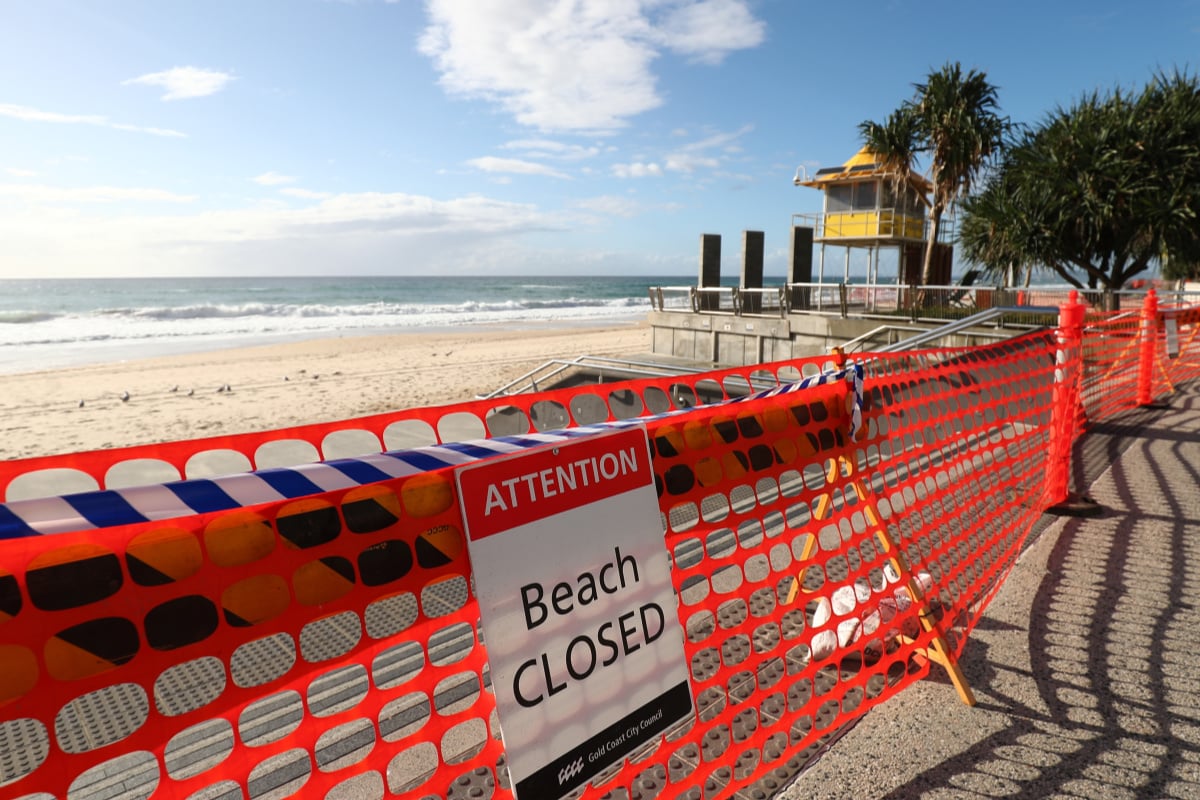
With social distancing measures slowly working, we’re watching in real time as Australia flattens the curve of COVID-19.
The growth of the coronavirus cases is slowing – there were just 44 new cases reported overnight – and most Australians are doing what they’re told: Stay home, save lives.
On Monday, Minister for Health Greg Hunt told reporters at a press conference the Government is “actively planning” a strategy for when we can relax lockdown restrictions.
Health Minister Greg Hunt on the road out of lockdown. Post continues below video.
But that doesn’t mean we’ll be able to put this social distancing business behind us anytime soon.
“It’s too soon to make changes,” Hunt said. “We want to work towards an effective eradication of the virus. At the same time, we have also been planning a road out.
“Now, we have come from the road in, which has been the rapid escalation of measures… we’re currently on the road through and now is the time to consolidate for the next period.”


